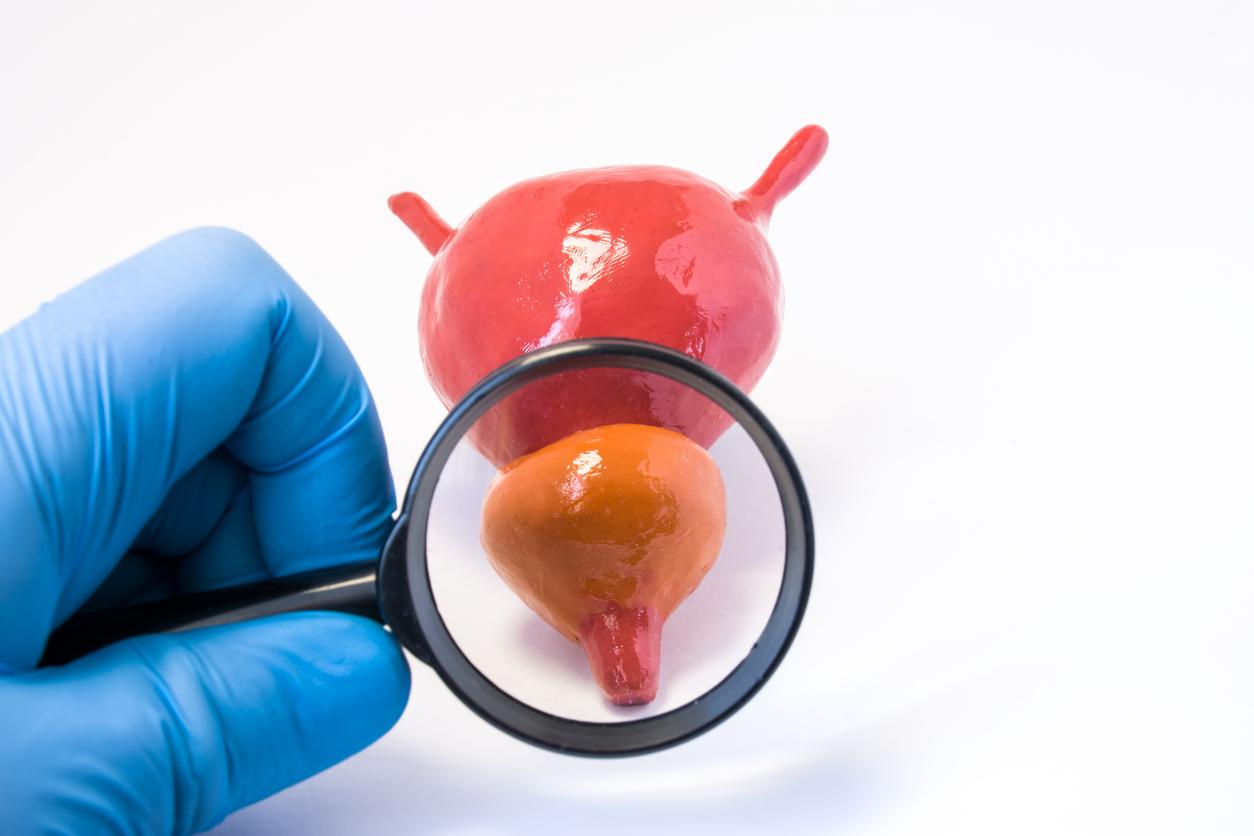There wouldn’t be all of these life forms on Earth if deoxyribonucleic acid, known as DNA, breaks down irreparably without the possibility of being “cured”. How does this process of repairing the DNA molecules that guarantee the existence of everyone work? This is what three scientists, now awarded the Nobel Prize in chemistry, have looked into.
Tomas Lindahl, Paul Modrich and Aziz Sancar revealed that DNA is not stable and can be broken and repaired. They succeeded in identifying different enzymes that act like nurses and whose role is to protect genetic information and, more broadly, to serve as a shield against certain diseases.
The Swede Tomas Lindahl highlighted the fact that DNA degrades too quickly and that without a repair system, life would not be possible on Earth.
An observation completed by the American Paul Modrich, who underlined the way in which cells correct poor DNA replication when cells divide.
The Turkish-American Aziz Sancar illustrated himself by showing how DNA repairs itself in the face of the joint onslaught of toxic substances from our environment, such as tobacco smoke and UV rays. So many attacks that weaken DNA and can lead to mutations causing cancer.
The work of these three scientists has a major impact on cancer research because it helps to better understand what goes on within cells, to help develop new treatments.
>> To read also:Cancer: DNA cages capable of releasing drugs
Breast cancer: a DNA signature could help predict the risk of recurrence
















